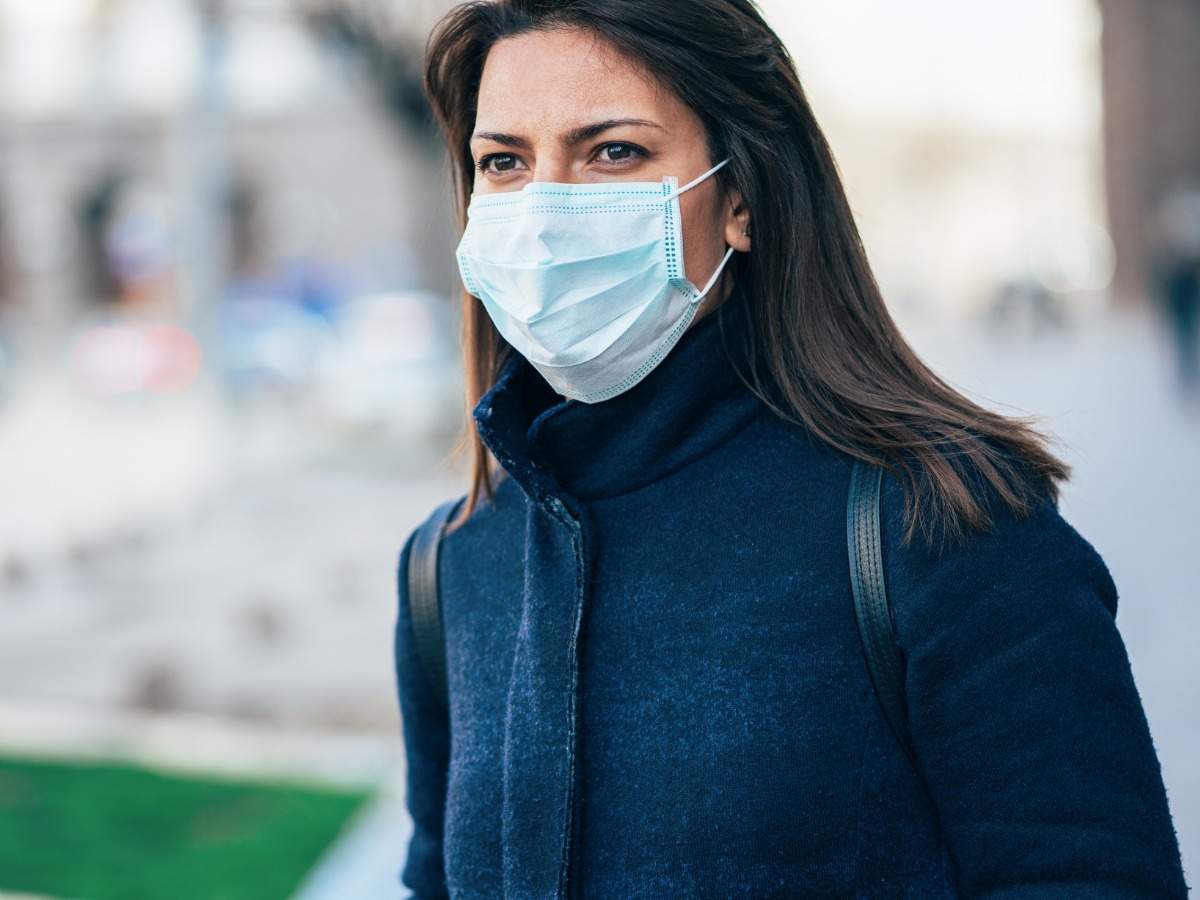The coronavirus pandemic has come down heavily on a lot of us. With over 2 lakh infections in India, experts worry that the worst isn’t far from over yet. We might as well see the infection cases rising in the coming months.
Besides wearing a mask, practising social distancing and adopting preventive measures, there are certain other risk factors which make the spread of the disease more virulent. For instance, asymptomatic transmission, i.e., people who can spread symptoms onto others without having typical symptoms of the infection. In fact, a recent report let out by the Health Ministry also mentioned that over 80% of the cases in India are asymptomatic in nature.
readmore
02/9Who are silent spreaders of COVID-19?
Also called as “silent spreaders” in the transmission stage, it was largely thought that asymptomatic transmission remains to be the biggest cause of concern because there is no real proof that you can stop them. However, considering how COVID-19 spreads out, or the severity of the symptoms we are seeing of late, we might have gotten it all wrong.
readmore
03/9Asymptomatic or symptomatic COVID-19: What is more dangerous?
Even though asymptomatic coronavirus patients may be very well hiding the symptoms and spreading it onto others, studies are now saying that symptomatic coronavirus, i.e., what spreads through direct contact, or through respiratory droplets may be far more dangerous. In fact, the new research links the spread of symptoms to a far more deadly consequence. Patients who might be visibly showing symptoms may be able to spread coronavirus up to three times longer than asymptomatic individuals. Here’s why
readmore
04/9Who are asymptomatic patients?
An asymptomatic coronavirus positive patient is regarded to be someone who develops the viral infection but does not develop any documented symptoms of the disease. Unless they are medically tested or treated, they may be spreading the virus onto others without any realisation.
readmore
05/9What does symptomatic coronavirus mean?
Symptomatic coronavirus means that a person suffers from documented symptoms of the infection and can very easily spread it to others through any form of transmission. Depending on a lot of factors, symptomatic coronavirus can be mild, moderate, presymptomatic. Typical symptoms can range from coughing, breathlessness, headache, loss of sense of smell, gastrointestinal issues or worse, a respiratory attack which can prove to be fatal.
readmore
06/9Which is a bigger threat?
Even though asymptomatic coronavirus looms a bigger worry, considering there’s no real way you can contain the spread, it is the direct transmission which can potentially make matters worse. Direct transmission happens when one infected patient spreads the disease onto you through direct droplets (i.e, coughing or sneezing), when you breathe in an infected virus or when you pick up the virus from a point of contact. We do know that COVID is a respiratory infection which can collect on surfaces and then transfer onto you (the host). A study by JAMA also says that the virus can remain infectious on inanimate surfaces at room temperature for up to 9 days, although there is more research needed to conclude this evidence, which pertains to the fact that the period of contagion is higher than what you would expect.
readmore
07/9Symptomatic people are more contagious
Asymptomatic individuals tend to exhibit lesser contagious symptoms than the ones who have typical symptoms. Research also shows the fact that those with trivial symptoms remain contagious for a longer time than those who have atypical symptoms. Think about it this way- If you’re asymptomatic—i.e. not sneezing or coughing—then you’re not releasing as many droplets, and thus, potentially not spreading as much of the virus.
readmore
08/9The research
A research conducted at the Department of Infectious Diseases at Zhongnan Hospital, in Wuhan, China found the same in a pool of COVID-19 patients. It was observed that the asymptomatic carriers were contagious for 3-12 days at maximum, while those who did have the typical symptoms could possibly spread the virus for 16-24 days, implying that those with symptoms can spread the virus for three times longer than those who are asymptomatic.
readmore
09/9How long is a person suffering from COVID-19 contagious?
Sars-COV-2 is a respiratory virus. Experts say that the infection peaks when a patient starts to exhibit symptoms like fever, coughing and breathlessness. There are different studies which mention different things, but a patient is considered to be no longer contagious when the viral load in the body lessens and (which could take anywhere between 14-21 days). That is why increasing stress has been laid of self-isolation and social distancing.
readmore
read the full story about Some people might spread COVID more than others
#theheadlines #breakingnews #headlinenews #newstoday #latestnews #aajtak #ndtv #timesofindia #indiannews


Leave a Reply